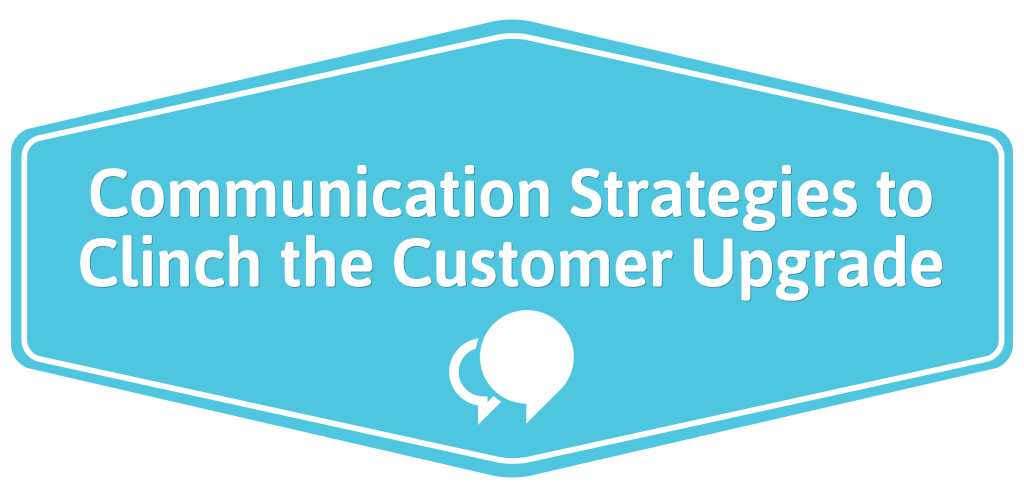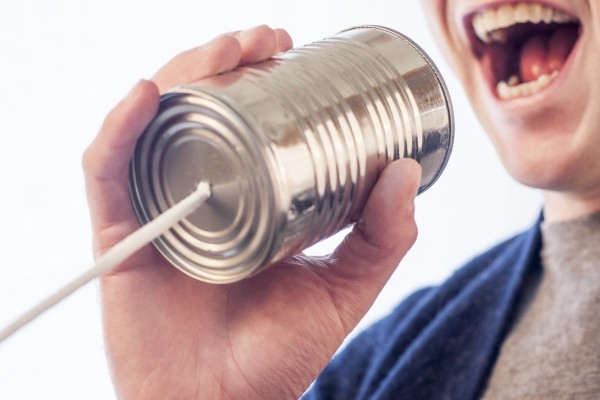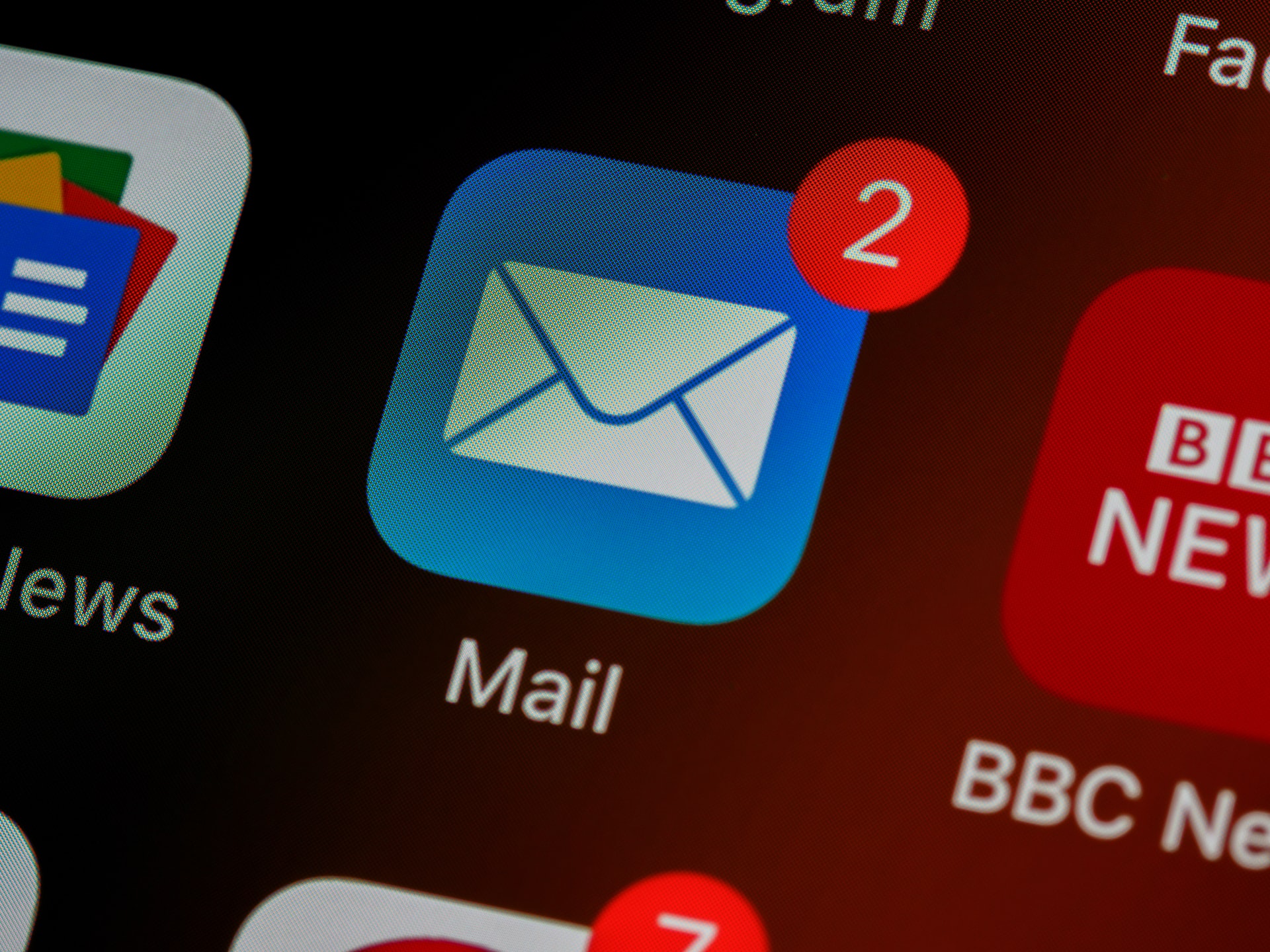
How many customers does your SaaS have lingering on a freemium tier or, not getting beyond your free trial?
One of your fundamental goals is always to get your customers to upgrade and stick with you, but unfortunately, many SaaS don’t perform so well in that field.
We’ve previously highlighted strategies for convincing customers to upgrade, but one piece we can certainly expand on is the “human” element. Effective communication is a huge part of providing your customers with their “why” for upgrading.
If your upgrade strategy consists of providing a laundry list of features, then check this out…
Communication Strategies for Clinching Upgrades
If you run a “one to many” kind of model for communication in your SaaS, it totally makes sense when you’re talking about a relatively low-value product, but you also run the risk of not communicating effectively.
Those who get on the phone and really “sell” an enterprise level SaaS product have the opportunity to address questions or issues on the spot. They can ask questions of the customer and really dig down to ensure that they understand the value of the product and to address any reservations they may have.
The challenge for “one to many” SaaS lies in being able to communicate effectively so that those concerns are addressed and customers still genuinely see the value of the product.
Stand for Something
If you want customers to be loyal to your SaaS instead of having a sort of “meh” or general lack of excitement toward it, then standing for something is important.
What are your values? What’s your story? Customers like to go with brands who they can relate to, so you have a better chance of getting those upgrades if you show them you have a developed culture and values.
We tend to buy from people we like and we’re much more likely to purchase if a brand is doing well at connecting. Decide early on what it is that you stand for and let this form a basis for how you communicate and what content you put out.
Reduce any Friction
Have you assessed how your customers communicate with you lately? For starters, it needs to be easy for them to get ahold of you or find the answers they need when they need to.
We like this from WP Curve: “For most of your life, everyone probably told you not to talk to invisible people. But when you run a SaaS business, your #1 priority is to connect with customers you can’t see and figure out what keeps them happy.”
You rely on the interactions customers have with you to provide the best possible outcomes for the customer. If your system is disjointed or clunky in any way, the customer will notice because those interactions won’t be satisfactory. If I couldn’t get hold of you for several days while on your free trial, why would I decide to upgrade? Won’t I get more of the same if I need help?

Understand Customer Types
According to a Wharton study, all consumers fall into one of three groups; tightwads, spendthrifts or the group in the middle — “unconflicted.” You’re going to come across these in your SaaS, so you need to be able to use the right language to address them.
For example, it’s likely that your tightwads are going to be the ones sitting on a freemium service level forever, right? What kind of language will make them upgrade? During the Wharton study, “a small $5 fee” had better results with tightwads than “$5 fee.”
While the spendthrifts focus on the pleasure of having the product (there you go, highlight those benefits!), the tightwads respond to reframing the price to denote value. Looked at in another way for a SaaS, perhaps you could communicate how upgrading may, in fact, save the customer money. For example, if upgrading means they get features which render other products they use obsolete or if those features will save them vast amounts of time when they could be making more money instead.
Create Excitement
You’re busy developing and making upgrades to your product and the chances are, your team gets excited by the new developments. The key is to capture that excitement and create momentum around your product for customers too.
Share regular updates about what’s going on in your business and let customers see your excitement about any new features. Explain clearly how the new feature will help users to achieve their goals (remember those customer types we talked about!). If customers can follow along with your developments, it helps them to see the value in what you’re doing and to get excited about upgrading themselves.
Helpscout wrote a piece on this, focusing on “sharing your momentum” with customers. (They built a product to help do so). It’s all about building that anticipation.
Educate Your Customers
Customers upgrade when they trust you and can see the value of doing so, right? This means that your strategy for educating customers must be strong.
As David Skok explains, too many people jump into trying to sell to the customer, without making sufficient efforts to get to know them better or deliver value to them first. Relationships are important for landing any kind of sale, including upgrades, so make sure you put the time and effort in.
We’ve seen some advice suggesting you should call new free trial sign ups within five minutes of them coming onboard and start pitching them on upgrading. Hmm, we’d love to see some data on how well this actually works! So far the customer has been convinced by your marketing materials to sign up for the trial, but they don’t know you yet.
Would it be better to deliver some kind of value before pitching the upgrade? We think so, and this is where educating your customers is important too. How can you specifically help them with a problem? What are common pitfalls they may fall into? They need to know these things and understand how you can help.
Personalize Your Communication
It seems like many SaaS are still following a standard automated email campaign when customers sign up. Every new sign up gets the same; “welcome! Have you tried X feature yet? Here’s how it works… You get this at factor 10 when you upgrade. Upgrade today.”
Automated emails are ok, but for many customers, this is irrelevant. They already tried X feature and they know how it works. This means that you somewhat train them that emails from you may not be relevant to them.
A much more powerful strategy for SaaS is to use emails that are triggered based on actions taken. So you still get that automation which, let’s face it, if you’re a “one to many” kind of operation, you really need, but there is more meaning for your customers than blanket emails.
For example, you might set up emails which are triggered when a customer takes steps you’ve identified as your customer success milestones for your product. You need your customers to reach those in order to see the value of your app, so equally, you can trigger emails for those who have not reached certain milestones over a period of time.
The key lies in keeping your communication relevant to the customer. They’re less likely to upgrade if they’re not seeing value and if they’re not seeing messages that mean something to them.
Final Thoughts
If you want to clinch the customer upgrade, you need to look at how you’re communicating with them once they come on board with you. Many companies put a lot of focus on getting new sign ups onboard, but you can’t neglect communication strategies with your trial and freemium customers.
Make sure you’ve reduced any friction in how you communicate and how they can get hold of you. Stand for something so that customers are drawn in by your story and values, personalize communication, and educate your customers.
You might not be able to call everyone who signs up with you, but you can put steps in place so that they see the value of what you offer and want to upgrade with you.


